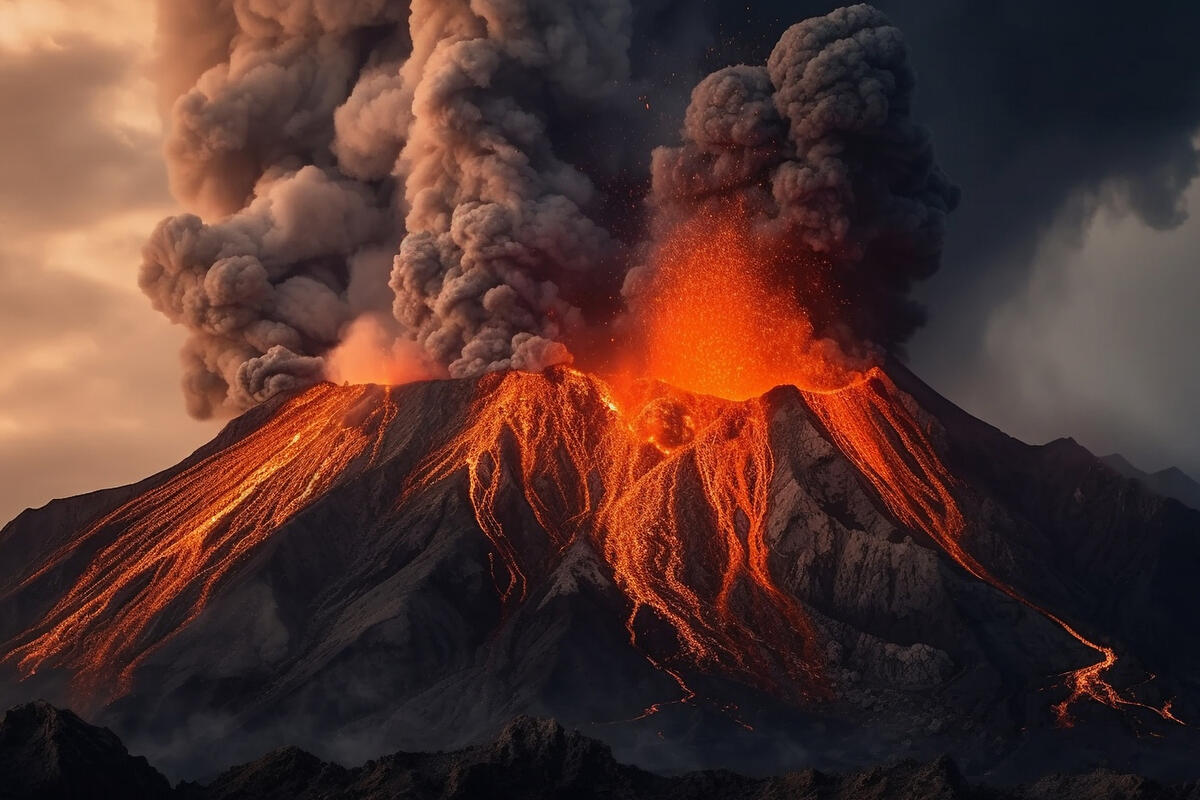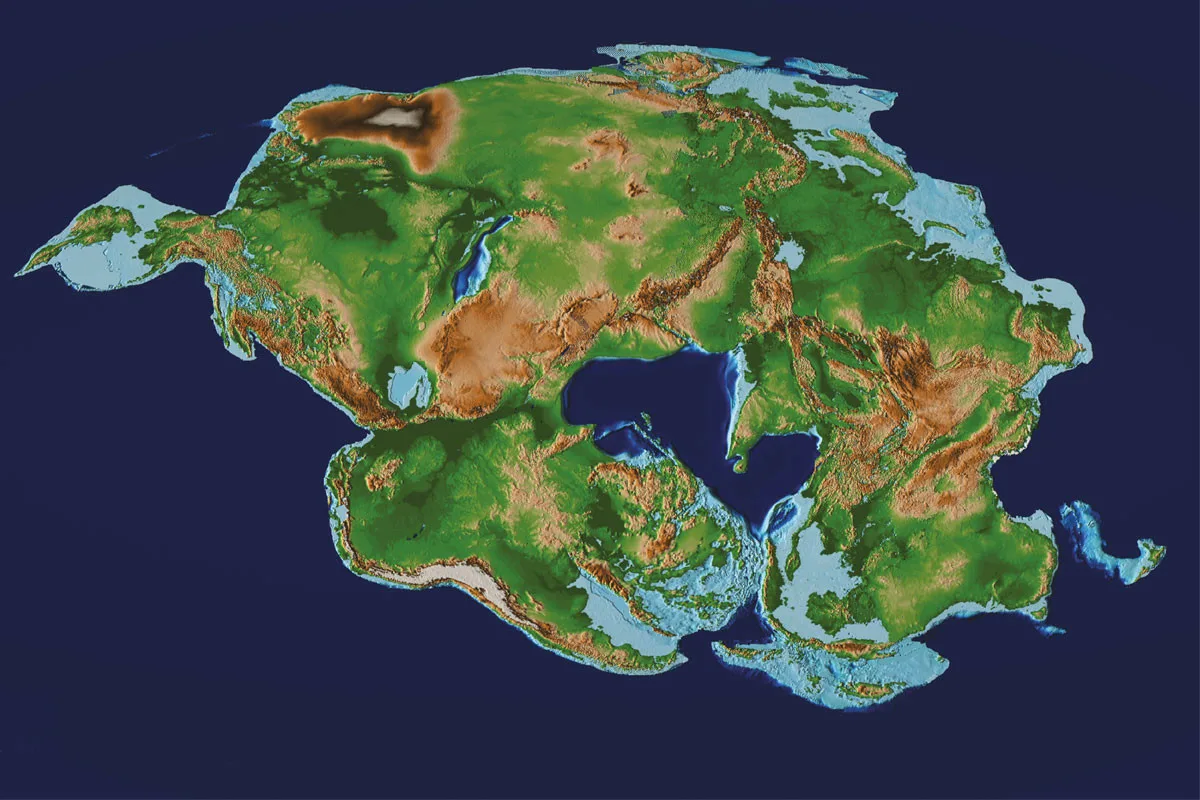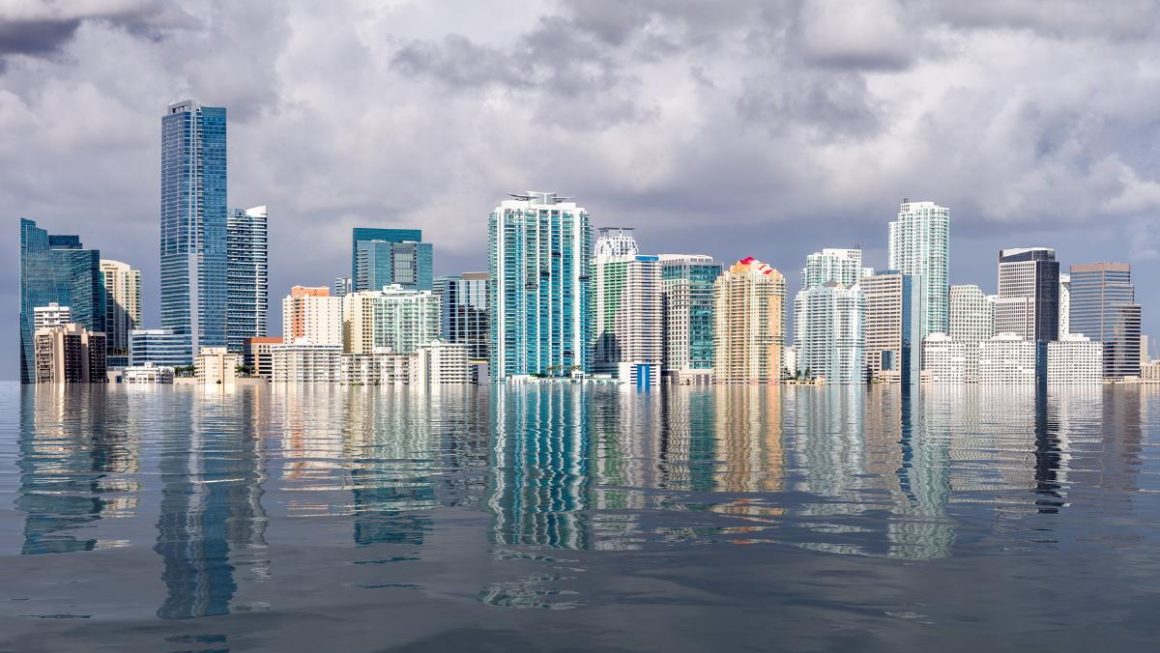A new study on the chemical components of rocks provides the clearest evidence to date explaining how Earth’s continents became and remained so stable, and the main ingredient is heat.
A new study provides the clearest evidence to date explaining how landforms became and remained so stable, and the main factor is heat.
For billions of years, Earth’s continents have remained remarkably stable, forming the basis for mountains, ecosystems and civilisations. But the secret of their stability has puzzled scientists for more than a century. Now, geochemists are providing the clearest evidence yet of how landforms became and remained so stable, and the main ingredient is heat.
In a new paper, the researchers demonstrated that the formation of a stable continental crust, the kind that lasts for billions of years, required temperatures above 900°C in the planet’s lower continental crust. These high temperatures, they said, were essential for the redistribution of radioactive elements such as uranium and thorium.
These elements generate heat as they decay. Thus, as they moved from the base to the surface of the crust, they carried heat with them and allowed the deep crust to cool and strengthen.
According to the researchers, the implications of this discovery go beyond geology, as it paves the way for modern applications such as the exploration of critical minerals — essential to modern technologies such as smartphones, electric vehicles and renewable energy systems — and the search for habitable planets.
These processes not only contributed to the stability of the Earth’s crust
The processes that stabilised the Earth’s crust also mobilised rare earth elements — lithium, tin and tungsten — providing new clues as to where to find them. The same processes that promoted the stability of the continental crust are likely operating on other Earth-like planets, scientists said, giving planetary scientists new clues for searching for life on other worlds.
‘Stable continents are a prerequisite for habitability, but to achieve that stability, they must cool. To cool, they must move all those elements that produce heat — uranium, thorium and potassium — to the surface, because if those elements remain deep underground, they generate heat and melt the crust.’
Andrew Smye, associate professor of geosciences at Penn State and lead author of the study.
The continental crust as we know it appeared on Earth about 3 billion years ago, he said. Before that, the crust had a composition significantly different from the silicon-rich composition of the modern crust. Scientists have long believed that the melting of the pre-existing crust is an important part of the recipe that produces the stable continental plates that support life.
The melting of the pre-existing crust is an important part of the recipe that produces stable continental plates.
However, prior to this study, it was not known that the crust had to reach extreme temperatures to stabilise. ‘Basically, we’ve discovered a new recipe for continent formation: they need to be heated much more than previously thought, about 200°C more,’ said Smye.

Samples from various locations around the world
To reach its conclusions, the team collected rock samples from the European Alps and the southwestern United States, and examined data published in other articles. They analysed chemical data from hundreds of samples of metasedimentary and metagneissic rocks (the types of rocks that make up much of the lower crust), then classified the samples according to their metamorphic temperature peaks, the point at which rocks undergo physical and chemical changes while remaining mostly solid.
The researchers distinguished between high-temperature (HT) and ultra-high-temperature (UHT) conditions. Smye and his co-author, Peter Kelemen, professor of earth and environmental sciences at Columbia University, observed a striking consistency in the composition of rocks that melted at temperatures above 900°C: they had significantly lower concentrations of uranium and thorium than rocks that melted at lower temperatures.
Smye explained that early in Earth’s history, the amount of heat produced by the radioactive elements that made up the Earth’s crust (uranium, thorium and potassium) was about twice as much as it is today.
‘There was more heat available in the system,’ he said. “Today, we would not expect such a stable crust to form because there is less heat available to forge it. ”
He added that understanding how these extreme temperature reactions can mobilise elements in the Earth’s crust has broader implications for understanding the distribution and concentration of critical minerals, a group of highly sought-after metals that have proven difficult to extract and locate.




